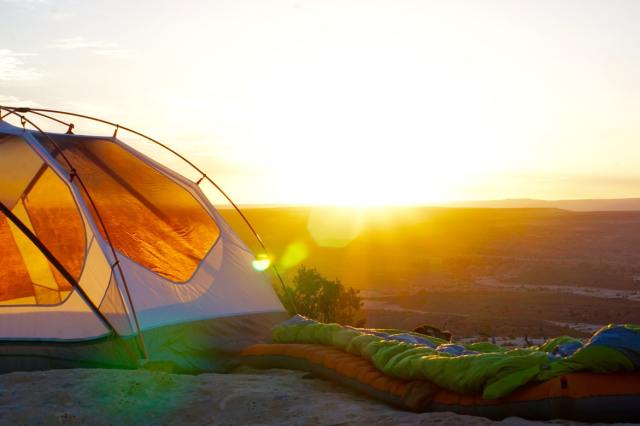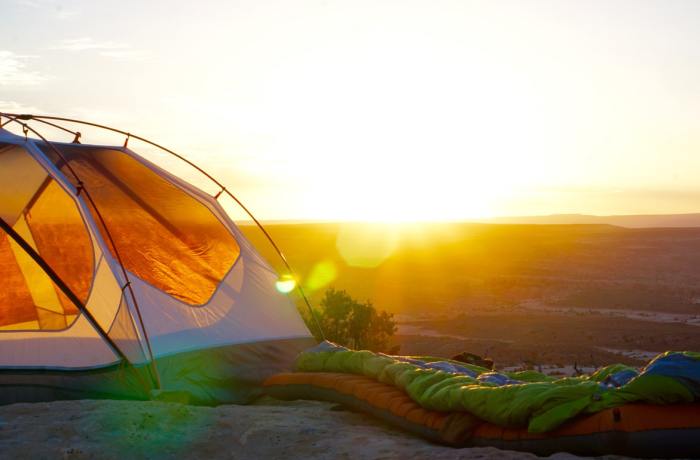The do and don’ts of Canada’s national parks
By: Anson Wong
Published on: December 05 2022

Canada is home to a vast number of national parks to explore, with at least one national park in each province and territory. For any newcomer to Canada, visiting these parks can be a great way to get a breather from the city and enjoy nature. Using the Canoo mobile app, newcomers can get one-year free admission to Canada’s national parks and historical sites. Regular fees such as tours and storage still apply. Check the Government of Canada’s page for more information.
August is the perfect time to visit for the summer and consider October as well to enjoy the fall atmosphere. For camping enthusiasts, you can purchase a 12-month pass and gain access to over 80 destinations including national parks, national marine conservation areas, and national historic sites. Additional passes also exist for individual locations, and lockage and mooring. For more information consult the passes, permits, and fees page.
To help you get started, here are some things to consider when camping at these national parks.
Camping
Camping is one of the most immersive ways to enjoy nature. National parks hold some of the best locations to camp in Canada. One benefit of camping is the lack of noise pollution, which can be different in the city.
Be sure to register in advance for minimal problems. Depending on the campsite, they can be approached by vehicle or foot with a parking space. These details can be important if noise pollution is a concern. Some campsites offer electrical, sewer, and water on the premises for those who may be arriving in trailers or recreational vehicles (RVs). Consider campsites with wide open spaces if travelling in large groups.
Aside from the essential tents and sleeping bags, be sure to bring some insect repellant, sunscreen, and soap to stay clean and unharmed by nature. If travelling with pets, be sure to use doggie bags to pick up their waste. Keep pets on a leash for their safety and stay within designated areas to avoid disturbing wildlife.
For children, consider bringing some fun activities they can enjoy like board games. The Government of Canada website has some activities that can be printed and brought on the road. These include scavenger hunts with animals and some recipes by the campfire.
Animals, do and don’ts
Wildlife watching is a staple in national parks. Before travelling, visit your national park site for information on what kind of species of wildlife are present. Birds, mammals, plants, and reptiles are all potential life to spot. Keep in mind that feeding wildlife is illegal. Exposing animals to food teaches them to trust humans and expect food from them. This can bother future guests and be potentially harmful to the wildlife in the area.
Observing animals is best done from a distance and ideally without disturbing the wildlife. Binoculars are a good way to get a close-up view without approaching them. Cameras can also work but make sure the flash is disabled before taking any pictures. Always ask a park supervisor if you are unsure if photos are allowed on the premises.
Never use drones as they can disturb wildlife and lead to fines up to $25 000. Do not approach the animals to take a better picture, this can be perceived as threatening and animals may harm you. Avoid selfies as turning your back to an animal is dangerous.
If you are driving along the road, proceed slowly when spotting animals. Do not stop your vehicle as that can teach animals that all cars will stop for them. Never leave your vehicle to approach wildlife. Stopping your vehicle may also obstruct other drivers, even if you are pulling to the side.

Cleaning up your campsite
The best thing you can do is make sure you leave your campsite clean. It’s polite for the next visitors and keeps the environment safe. Unattended food should be packed away or disposed of, otherwise, it attracts wildlife. Food saved for later needs to be stored in either a vehicle or a designated food locker. Pleasant odours can attract wildlife, this includes garbage, tableware, and toiletries like soap and toothpaste. Make sure to take everything you brought with you when you leave.
